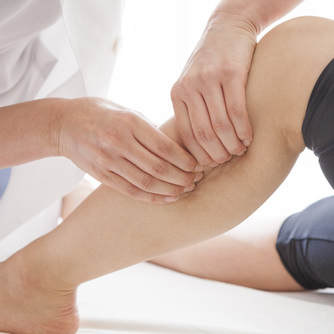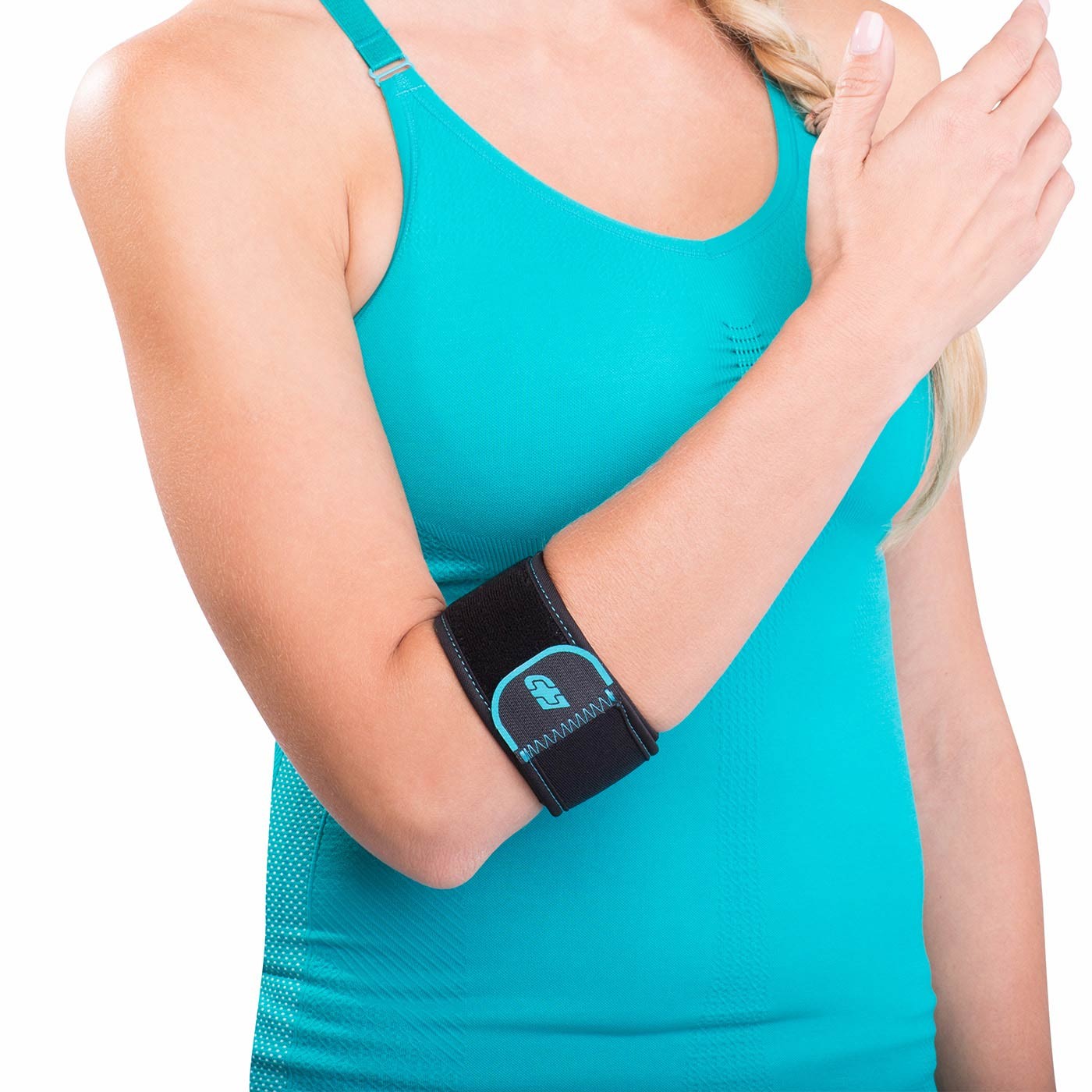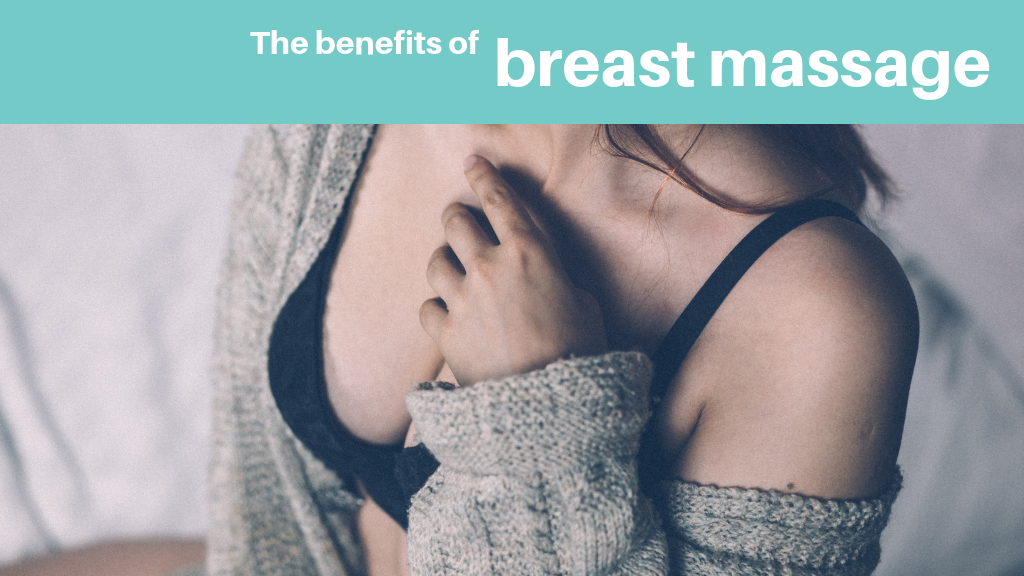You may have seen the bruise coloured circle marks on the backs of athletes or friends and are wondering what they are. Perhaps you’ve seen media articles about this ‘new’ treatment the athletes are receiving called cupping. So, what is cupping therapy and its benefits?
The history of cupping
Cupping is not new. Early records of cupping have existed since ancient Egypt around 1500 BC. Hippocrates, the father of modern medicine, prescribed cupping. The Chinese have used cupping dating back to 281 AD. The British were using cupping by the 1800’s with observation from Hippocrates writings.
With the rise of scientific medicine the practice of cupping declined in the early 19th Century. Until a recent resurgence from traditional Chinese medicine (TCM) practicing here and massage therapists discovering it’s great benefits for soft tissue therapy.
How does cupping work?
Cups are applied with a vacuum created by a flame, pump or suction and then applied to the skin. Materials used as cups include animal horns, bamboo, hollowed out wood or clay. However, now glass, plastic or silicone rubber is used.
TCM practitioners use cupping to move energy and correct internal imbalances. [1] Remedial massage uses cups to stretch muscular and underlying tissues such as fascia.
What is fascia?
Many still misunderstand fascia. That is however, gradually changing. [2]
Connective tissue is an apt description of fascia. Its web-like structure binds every cell in the body to it’s neighbour. [3]
Imagine the pith in a mandarin. How it sticks to each segment, and holds the segments to each other, and the skin to the flesh of the fruit. In very basic terms, this is what fascia is like.
It keeps our muscles and organs where they should be. It also helps transport proteins and nutrients around the body as well as supporting the circulatory and nervous systems.
“Fascia is different to muscle, when stretched it won’t easily ‘recoil’ to its original form. Stretched quickly, it will tear. Stretched slowly it will warp and deform.” [4]
If muscle is elastic, then fascia is plastic.
Over time fascia will however, lay new fibres to rebind. This is what western cupping aims to facilitate. This is myofascial release.
The suction effect draws up local blood supply to the immediate area. Which in turn enhances metabolic uptake of oxygen and nutrients to those parts. It relaxes and reduces pain, congestion and contracture. [5]
Cupping works fast, with minimal pain, to re-knit the connective tissues. It has a ‘trickle down’ effect to underlying soft tissues, circulatory and nervous systems and perhaps, even organs.
What are those cupping marks?
Practitioner Bruce Bentley maintains that a cupping mark is not bruising. Instead it is the physical outcome of pathogens, toxins, blockages and impurities (waste products) withdrawing from the body. [6]

MediNet defines a bruise as an injury of the soft tissues, that results in breakage of the local capillaries and leakage of red blood cells. A reddish-purple discoloration on the skin that does not blanch when pressed. When a bruise fades, it becomes green and brown, as the body metabolizes the blood cells in the skin. Applying a cold pack immediately after injury is the best way to treat bruising.[7]
‘Old’, stagnant blood from tight muscle fibres has been found in cupping marks.[8] Blood that is not moving; it thickens, congeals and darkens. TCM recognises the different colours, shape, temperature and texture of the marks as a diagnostic tool. It signifies varying pathogens or deficiencies within the body.
Rest assured the marks left by cups are painless. They do not feel like bruising and fade within a few days to a few weeks, depending on how dark they are. I also have observed that clients who have regular cupping tend to mark less and less over time.
The different types of cupping
What are the different types of cups and what are their benefits? Glass, plastic suction pump, rubber, silicone, glass with a vacuum pump, plastic with a vacuum pump and magnets. The most common used by physical therapists are the glass, plastic suction pump or the silicone cups.
Glass
Glass cups are traditionally used by TCM practitioners. They are however, also used by some massage therapists. A flame in the cup creates a vacuum. The flame is removed to place the cup on the skin. The heated air in the cup then cools to create the suction, the oil on the skin acts as the seal to the vacuum.

It should not feel hot on the skin. Often clients expect it to feel warm and are surprised when the glass is cool. The wide lips on the glass cups feel smooth on the skin. The cup is either left where it’s placed, or moved around. The suction with the glass cups is often strong and tends to leave strong marks.
It’s difficult to control the suction on these cups. It takes some experience before a practitioner can judge the amount of suction the flame will create.
Plastic Pump Cupping

Some massage therapists use pump cups made of plastic. They are fast and easy to use due to the pump easily controlling the amount of suction. They can leave a circle or a strip where the cup is placed.
Silicone Cupping

Silicone cups are becoming more and more popular among massage therapists. They are easy to use, are durable and gentle on the client. Suction is created by squeezing the cup. Suction seals better with a little bit of lubricant. This technique is especially good for myofascial release. These cups are not as strong as the other cups, and therefore leave very little marking on the skin.
Contraindications
The cupping contraindications are similar to that of massage. Cups cannot be used on skin that is broken, or has acne, a rash or other contagious skin conditions. Cupping on pregnant women is to be considered with caution. And not used on the soft tissue areas of the abdomen. Although I have seen good results on the sore hips of pregnant clients. Bruising shouldn’t be cupped as it can be uncomfortable. Although I have experimented on myself with the silicone cups to see if it move the bruising out quicker, which it did quite successfully, I might say.
Are there other types of cupping?
There are various other, less common types of cupping. Facial cupping for skin rejuvenation, headache, sinus and TMJ disorder relief; cupping to reduce stretch marks, scarring and cellulite all exist.
Wet cupping or Hijama, is an Arabic tradition. An incision is made on the skin and the cup is placed over the incision. This draws the blood out for therapeutic purposes. This practice is not used by physical therapists and has a risk of infection.
If you are considering remedial massage for a chronic injury or muscular tension, consider trying some cupping. It is a fast and effective way to mend soft tissue and alleviate muscular pain.




